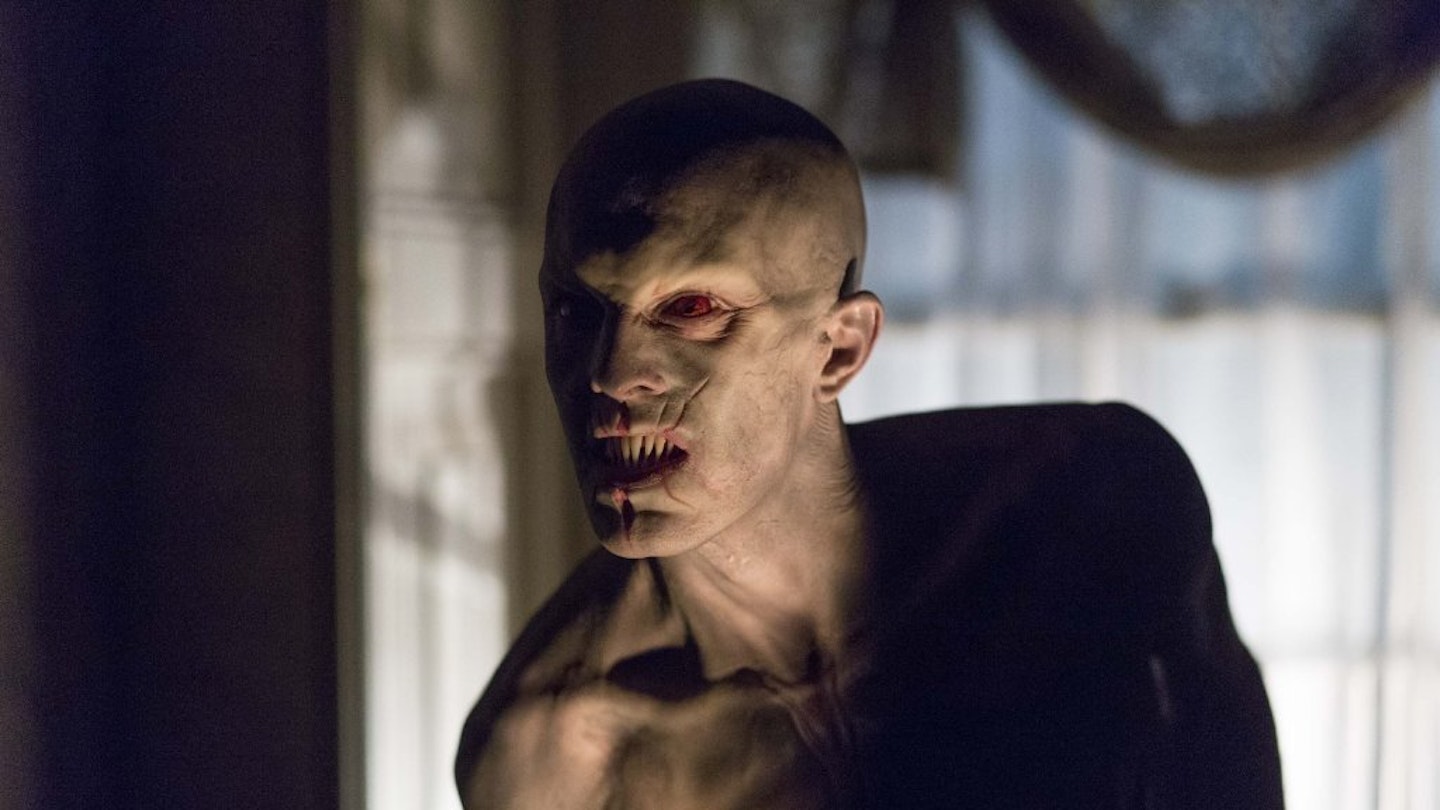Nick Dudman has enjoyed a fruitful career as a makeup and creature designer in a wide number of films, but is particularly known for his work on all eight entries in the Harry Potter series. Several years ago, however, he made the shift to television to take on the makeup and prosthetic designs for John Logan's Penny Dreadful. In many ways this has allowed him to literally have more of a hands-on involvement with his creations than he's had on features, where he tends to oversee large teams.
In the following exclusive interview, Dudman details to Empire what it was that drew him to Penny Dreadful and its Victorian England setting that brings together various Gothic literary characters, from Dorian Gray and Dr. Frankenstein to Dracula.
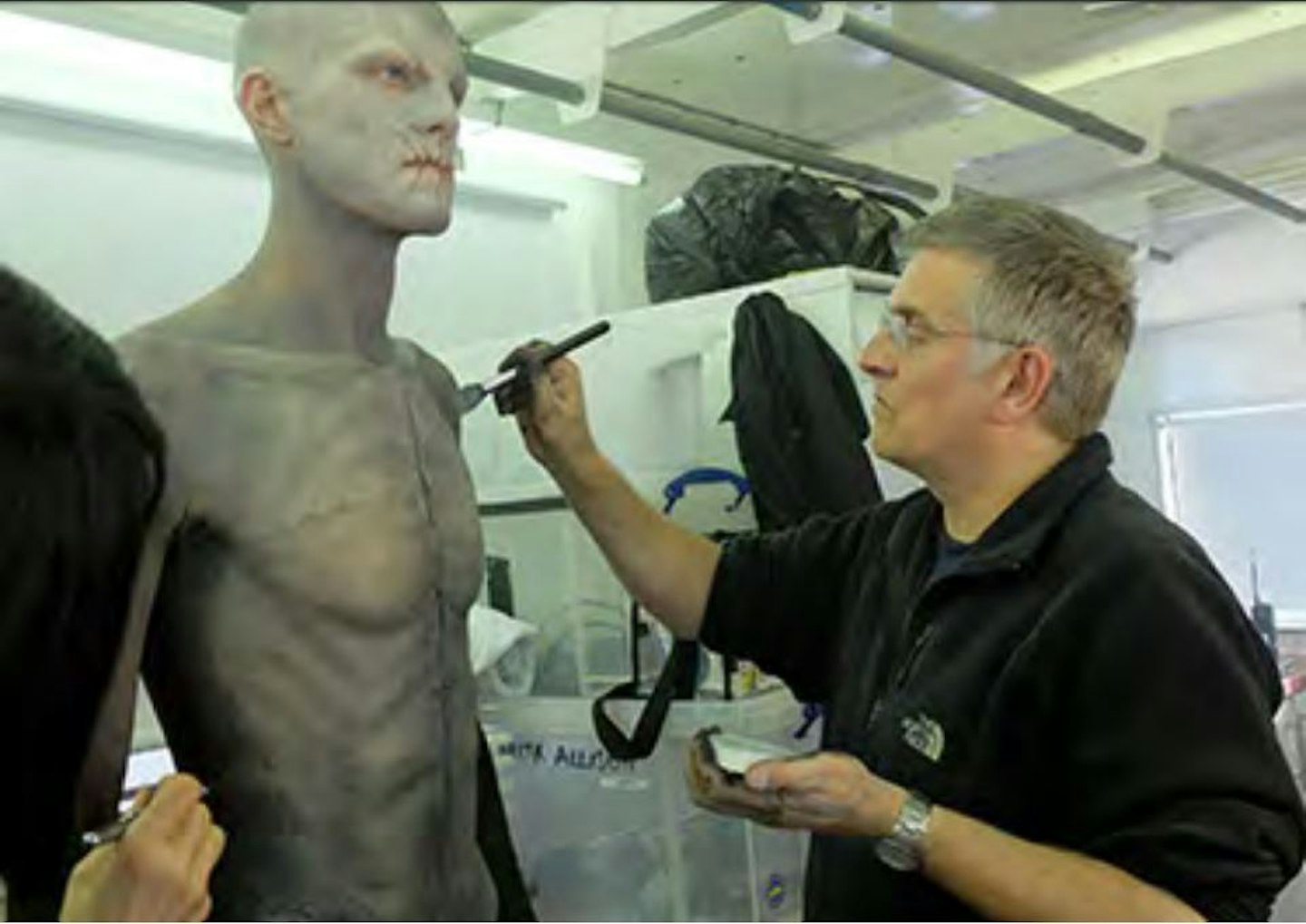
Given your career in feature films, how on Earth did John Logan get you to commit to a television series?
Nick Dudman: My agent mentioned it probably a year before the first season was getting going and said it's a Victorian gothic horror TV series. Then John Logan phoned me, which was unusual because you wouldn't expect to be contacted directly by the showrunner. He wanted to send over the first two scripts for me to read, which I did, and then we spoke on the phone for a couple of hours. At no time did we mention prosthetics or rubber, or teeth, or contact lenses. We only talked about the characters, and I think he felt I was somebody who got the characters in the same way he did. We both had a really quite intensive knowledge of the genre and just hit it off.
When I got the other scripts for season one, I read through them and I just sat there with my crew saying, "Guys, you know what we've got to do? A completely new type of vampire. We've got to do Frankenstein's creature, but we're going to do Mary Shelley's character. We're not going to do what's been done before, we're going to revisit this whole thing." And it was great working for somebody that did understand these characters and their history. He wasn't playing lip service to a cinematic genre. This is very much the literary genre and it's been a joy to be involved with, part of that joy coming from the fact that you're mashing together a load of different novels, effectively. But they're true to themselves. Their storylines are true to the characters and not being turned into characters that they weren't.

What is it about this genre that's so appealing to you?
Dudman: The thing I've always loved about that kind of fiction is that it pushes the boundaries. You can be quite out of the box and brutal and the characters are larger than life, but despite the fact they can be completely supernatural they're all grounded in a sort of ghastly reality. And there's something wonderfully claustrophobic about Victorian London. The whole Jack the Ripper sort of flavor, the fog-bound streets and all of that. It triggers something. Plus it's nice to do creepy, because, after all, while these shows are very graphic and very bloody and all of that, what they are more than anything is creepy. Which is hard to do on TV. If you encase people in a jet-black room in the dark and isolate them from all other input, you can build creep quite well. But in somebody's living room? That's quite something. And it does do it. I mean, my wife won't watch it in the dark. She only watches the episodes in the afternoon with the windows open.
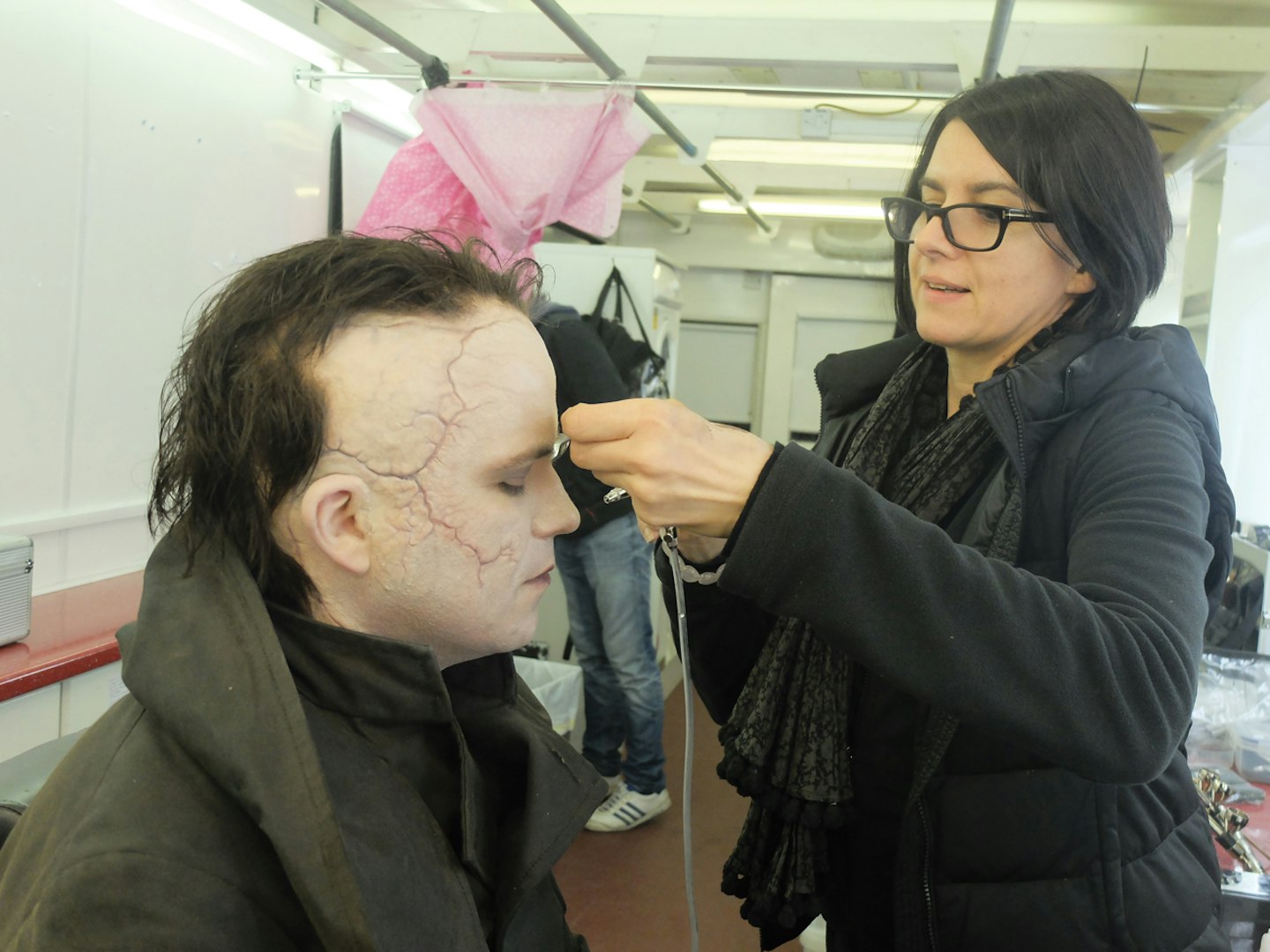
Watching the show, you have to kind of wonder what really goes on in John Logan's head.
Dudman: That's him, old sex and horror Logan. He should get out more, really.
Or maybe he shouldn't! In terms of creep factor, there is the scene where Vanessa [Eva Green] has sex with the devil and he's not even physically in the scene. It's not erotic, it's creepy.
Dudman: That happens over here a lot more than it happens in America, I'm sure. We are much more used to that sort of thing. Absolutely it pushes envelopes, like season two had a baby being eviscerated. John just came over to me and said, "This is your best work, it's a shame no one will ever see it." And I was sort of looking at him thinking, "We're all going to hell."
Babies and dogs: you cannot see them eviscerated on screen.
Dudman: I realize that now, but at the time it seemed perfectly normal.
Maybe you shouldn't be allowed out.
Dudman: I'm not allowed out. They look after us well here, but there are big locks on the doors.
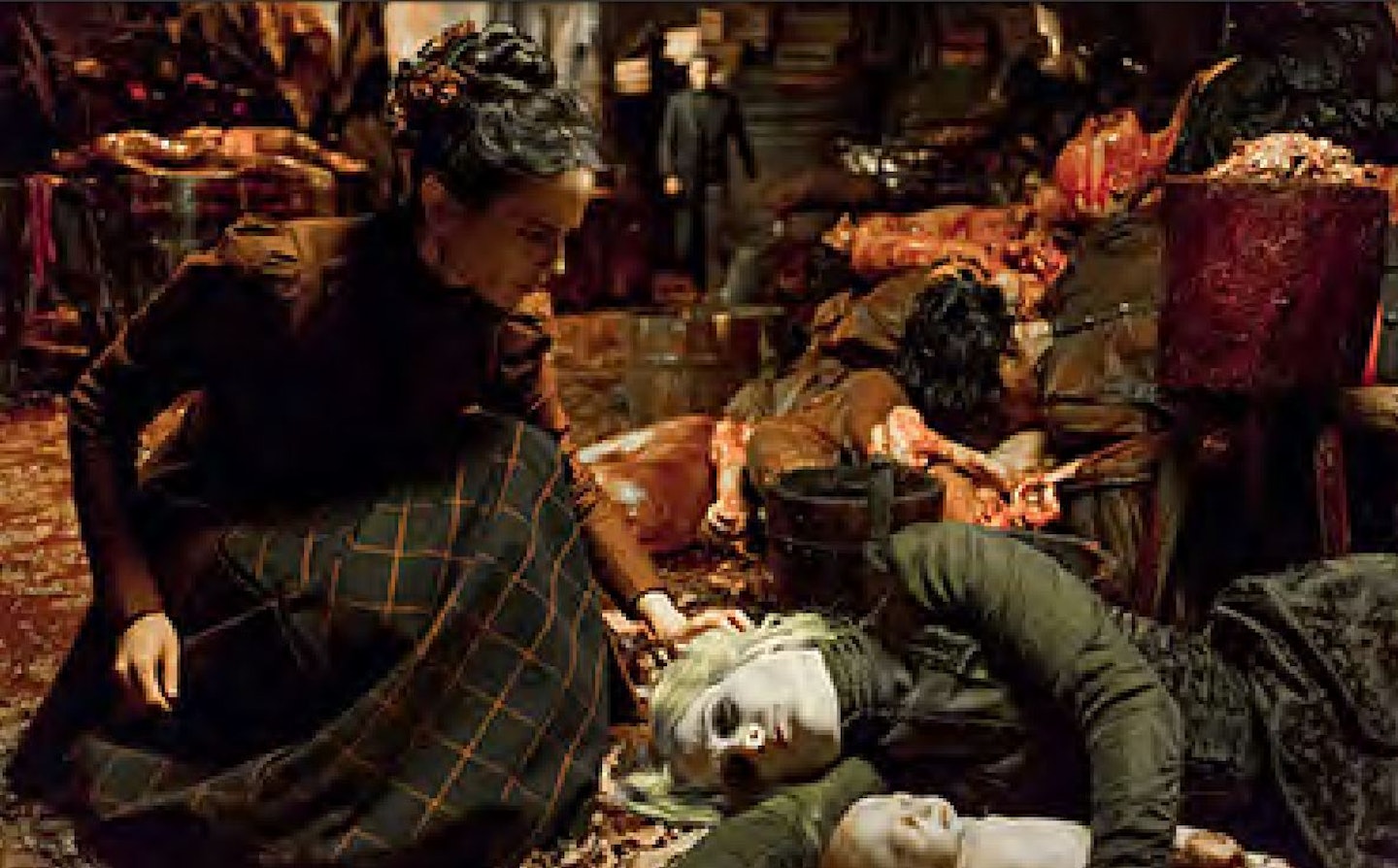
I'd like a sense of what your approach was to different creatures.
Dudman: The lovely thing was that we got to design the look of them from scratch. It wasn't being confronted with a load of artwork from another source or anything. The first thing I did was I lined up a couple of concept artists and then I sat down and said, "The way we do this is, first, we don't touch on something that's been done before." If you're doing Frankenstein's creature or a werewolf or whatever, it's been done to death. So, the first step is to go and look at everything from the iconic versions to all the ones you've never heard of that we tracked down. And then we ask, "What did they do, why did they do it? It doesn't matter if it was executed really well or dreadfully. It's about the character that was there and the look of it." From there, the key thing is, who the hell is playing the part? None of these characters are rubber monsters. None of these characters are going to be wearing huge great masks and staggering about going "grrr." There's serious dialogue going on, there's serious character development.
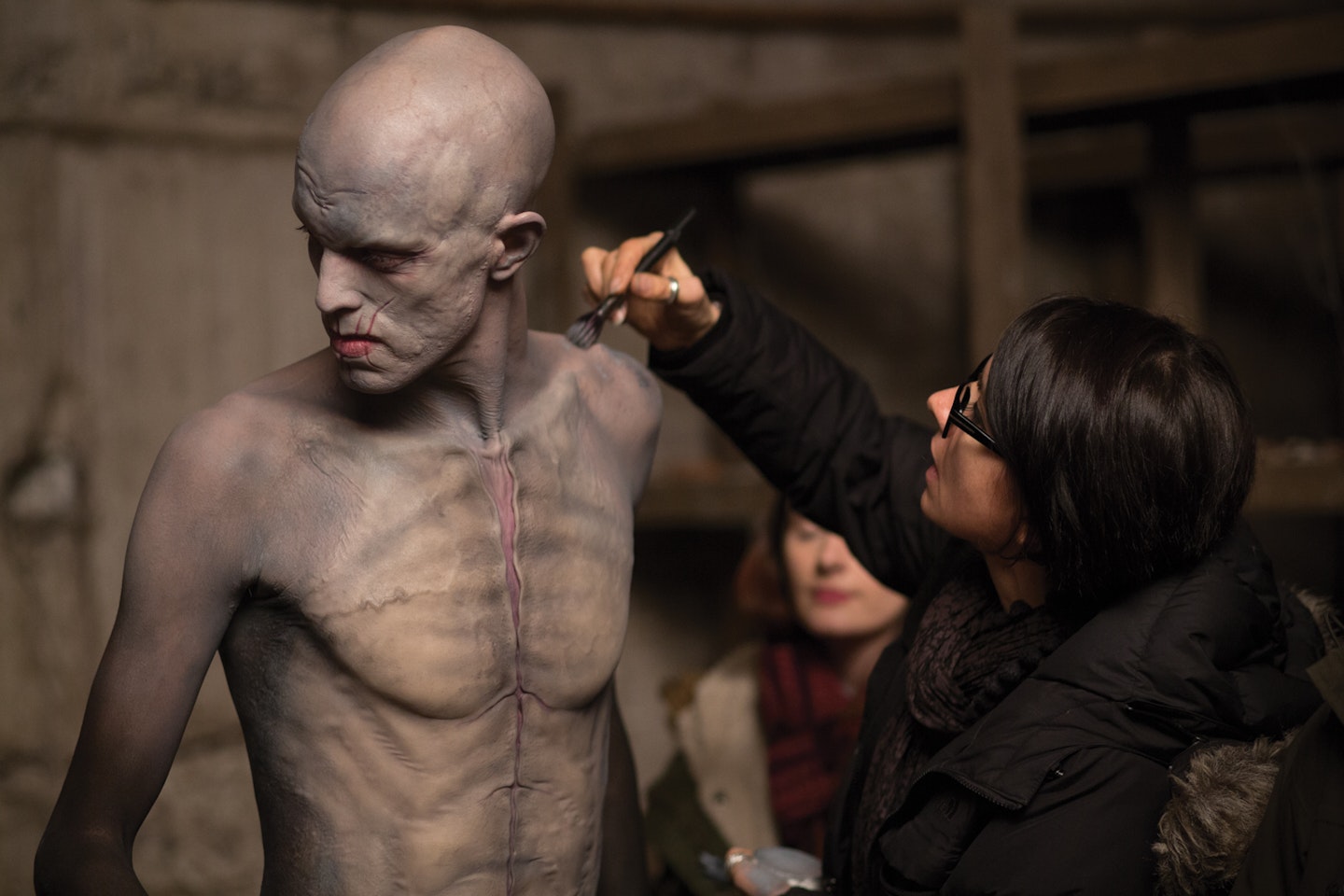
Even the vampire in the first season, there's no dialogue but the look has to be an extension of the performer. So who's the performer? Once you know the performer and you photograph them to death, you can then concept art over that performer, trying to find a flavor that works with his facial structure, his body structure, who he thinks the character is. When we heard it was going to be Rory Kinnear playing the Creature, you don't go, "Well I think the Creature should look like this." You sit down with Rory and once you've got a goodly amount of feedback from him, and you've heard what John Logan's flavor is, you then look at Rory and you think, "What do I want to do to him where I'm not covering him up at all?" Because with the acting chops that that guy has, you're not putting a mask on him. You're not going to filter his performance, because that would be totally counter-productive. You're looking at how to make a statement. How can I make this tie in with the flavor of everything in the show, but really sort of bring him out? The makeups, I find, tend to design themselves. The Creature is off-white, he's very pale. Well that color is going to be arrived at based on the color of the sets and the lighting. If it's too white, he'll bleach out. If it's too gray, he'll disappear. You've got to go through all of those things and test it.
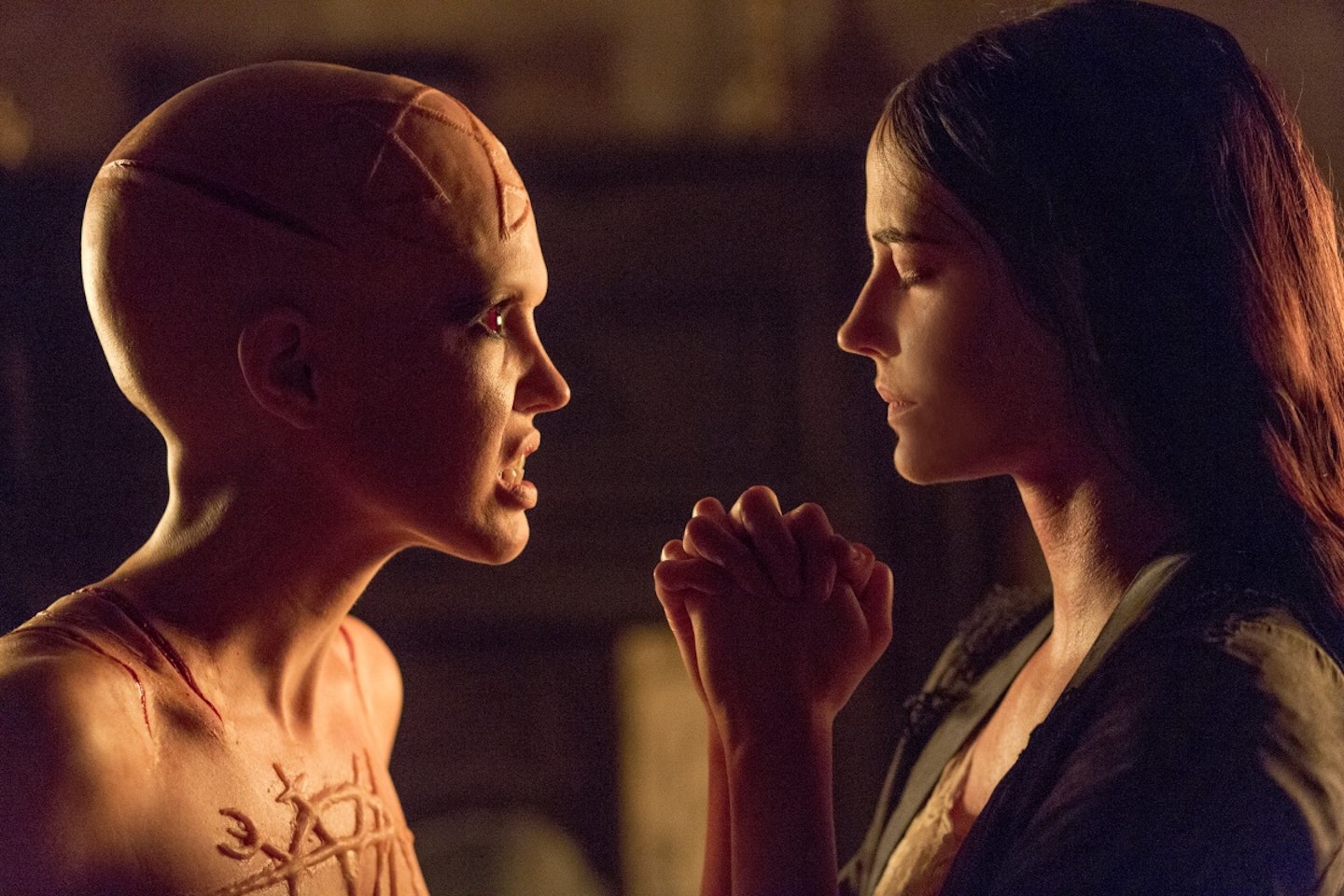
All I'm doing is making some small lumps of rubber, sticking them on some people and coloring them. Sadly, that is my job. But the point is, it's all got to tie in, because the only way it will work and create a sense of reality is if it works with everything else. And what is lovely about working on Penny Dreadful with the crew was that none of the departments were territorial. Everyone was totally open and friendly and helpful. It was a pleasure to work with them.
So the actor really does play a key role in all of this.
Dudman: These characters tend to design themselves. If an actor sort of goes, "Oh, I'm not sure about that," you want to know why. You don't ever say, "Well that's how I've designed it." You go, "Why doesn't he like that? What's wrong with that?" Because he'll know his face better than you do. And I also gauge reactions. If you do a makeup test on somebody and you walk them onto the set, I'm not looking at the makeup the first time you walk on the set. I'm looking at the crew. I'm looking to see what reaction does this look get? Because if it gets the reaction I'm hoping for, then I know it's okay. Yeah, you're going to change a few little things. You might be worried about an edge, technical details, but they are relevant. Has the character been bought? Has somebody gone "Wow"?
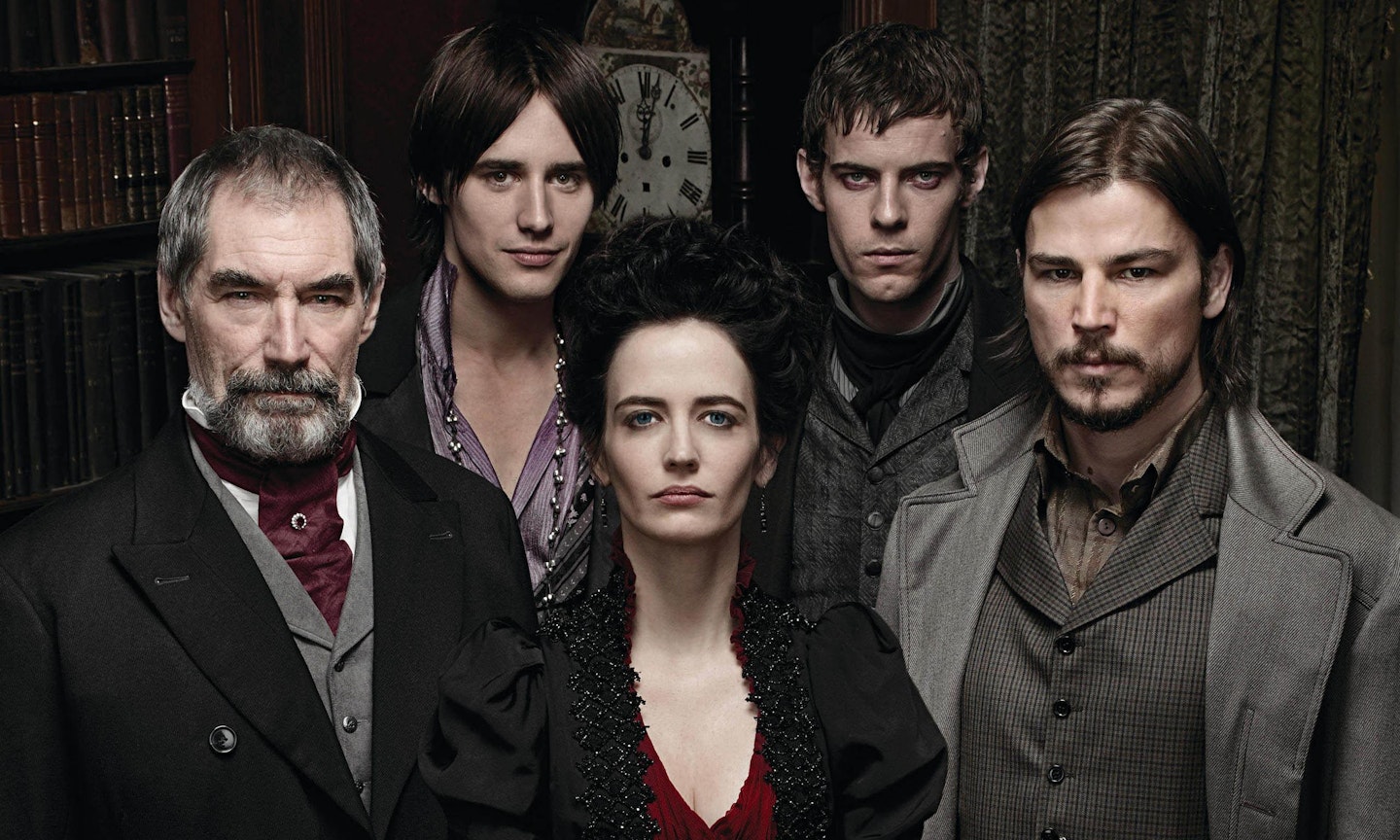
The first time we walked our first naked witch out on the set against a green screen to shoot a makeup test covered in brands and injuries and all of this, I just watch the people and you can see them going, "Oh my God, that's so wrong." And you think, "Yes, we're in the right place here, guys." That was a thing where you were going, "You know what? These girls have got to be completely hairless, they've got to be slashed up, because a slasher's been at them. Sort of Freddy with his glove has had a go at them, and the satanic brands that have been branded all over them. And yet you've still got to kind of in a guilty way think they're quite lovely. You've got to feel bad about yourself, but you want to look. And you can tell if you're getting that reaction. And we did.
Were there any character designs where you saw it on screen and felt, "That's it!"?
**Dudman:**I was very pleased actually with the final look of the werewolf at the end of season one. Just because the minute I read werewolf, I felt, "Oh God, no." Are you going to seriously get up and compete with Rick Baker? No, you're not. But then I looked at it and realized that the whole point of this story is that less is more. The whole point of this thing is that these people are real. And the whole point of this werewolf is that it's about Ethan's [Josh Harnett] character change, Ethan's alter ego. And I don't have to create some half-man/half-wolf massive costume thing, because it would be the only thing in the show like that and we will lose Ethan. How do we do a werewolf where we don't lose Ethan?
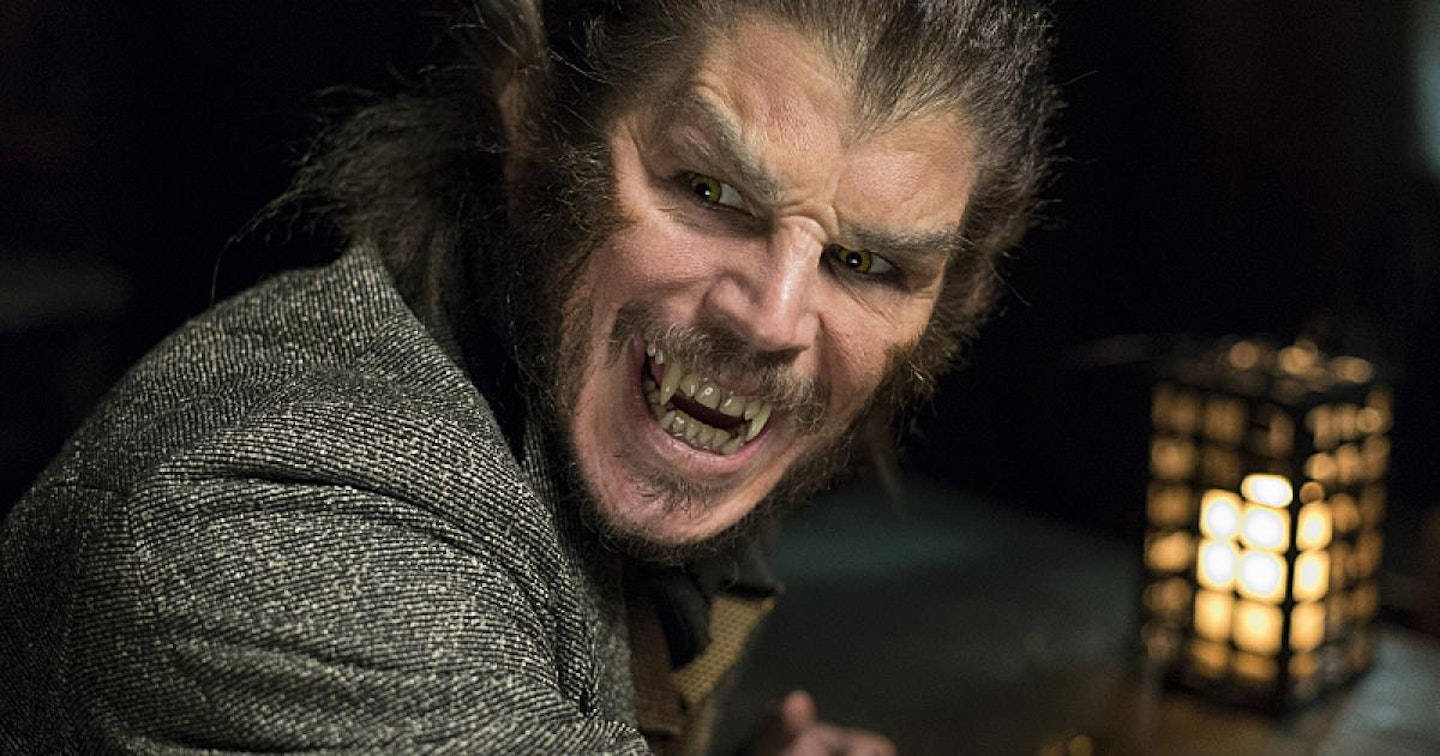
Actually that's what they used to do. In fact, John took out a picture and said, "There you go." It was called Werewolf Of London. It was made in 1935 and starred an actor called Henry Hull, who wore a very crude makeup. You look at it and your first reaction is, "You want me to do that?" And then you look at it and you see that it's an extension of the character. His ears have gone a little pointier, his hair has traveled a bit. His facial structure is altered slightly. He's very cross. He's cut his teeth. But it's all a series of small things building up to a different look. And I thought that's one that's either going to work or it's going to be laughed off screen. But, let's try it. And in fact the first time we did the makeup I did look and change a few things, because I thought it would be too easy to go Eddie Munster. There are so many elements to this where this could go wrong. But when we did the final one, it's really quite a subtle makeup. It works. You buy it, because the characters buy it and it makes sense. This is a Penny Dreadful werewolf.
What was Josh's reaction to being a werewolf?
Dudman: I think he was absolutely petrified at the beginning. "Oh God, what are they going to do to me?" But once he saw what it was, I think he bought into it and it was great. And it's interesting, because you go on to season two and you've got all these other things to do and the werewolf is no longer an issue. It's like while we were doing the tests for the Creature in the first season, the thinking was, "This has to work. This guy's got an awful lot of screen time; this is terribly important." But the day you actually get it right, you stand back and think "That's really cool." It's a statement. I'm sure somebody is going to hate it, but I like it. I think that works. You breath a sigh of relief, you then take on the next problem, but it's great to get something like that done and you stand back and you go, "Yeah. That's the character. I believe in him as a person."
Empire's previous Penny Dreadful interviews can be found here: Eva Green, Timothy Dalton, Christian Camargo, and Henry Treadaway and Shazad Latif.
Penny Dreadful airs on Showtime in the US and Sky Atlantic and Now TV in the UK.
